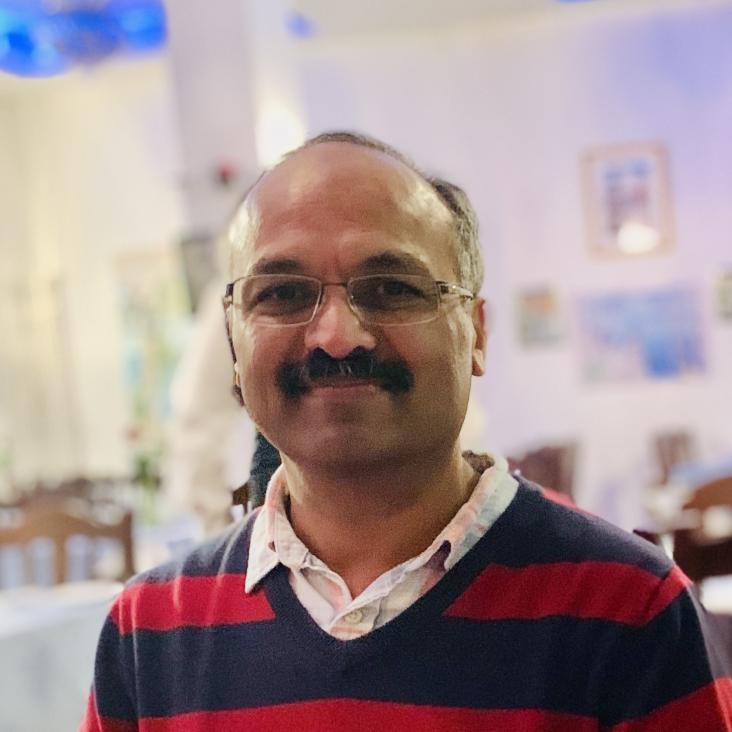Inverse order-disorder transition of charge stripes
Physical Review B American Physical Society (APS) 92:20 (2015) 205114
Terahertz field control of in-plane orbital order in La0.5Sr1.5MnO4
Nature Communications Springer Nature 6:1 (2015) 8175
Weyl semimetal phase in the non-centrosymmetric compound TaAs
Nature Physics 11:9 (2015) 728-732
Abstract:
Three-dimensional (3D) topological Weyl semimetals (TWSs) represent a state of quantum matter with unusual electronic structures that resemble both a '3D graphene' and a topological insulator. Their electronic structure displays pairs of Weyl points (through which the electronic bands disperse linearly along all three momentum directions) connected by topological surface states, forming a unique ark-like Fermi surface (FS). Each Weyl point is chiral and contains half the degrees of freedom of a Dirac point, and can be viewed as a magnetic monopole in momentum space. By performing angle-resolved photoemission spectroscopy on the non-centrosymmetric compound TaAs, here we report its complete band structure, including the unique Fermi-arc FS and linear bulk band dispersion across the Weyl points, in agreement with the theoretical calculations. This discovery not only confirms TaAs as a 3D TWS, but also provides an ideal platform for realizing exotic physical phenomena (for example, negative magnetoresistance, chiral magnetic effects and the quantum anomalous Hall effect) which may also lead to novel future applications.Weyl semimetal phase in the non-centrosymmetric compound TaAs
Nature Physics Springer Nature 11:9 (2015) 728-732
Evidence of quantum dimer excitations in Sr3Ir2O7
Physical Review B American Physical Society (APS) 92:2 (2015) 024405


